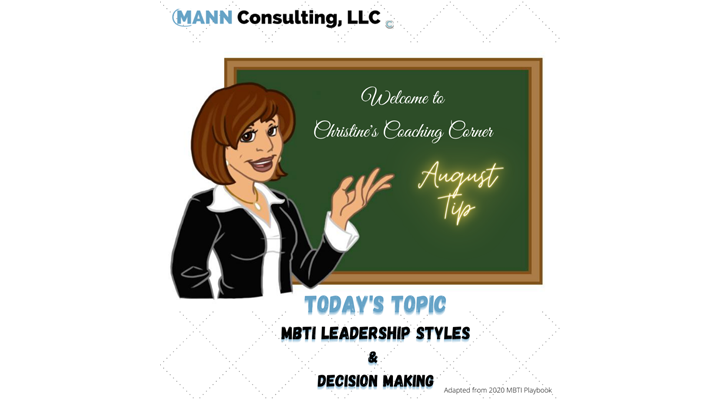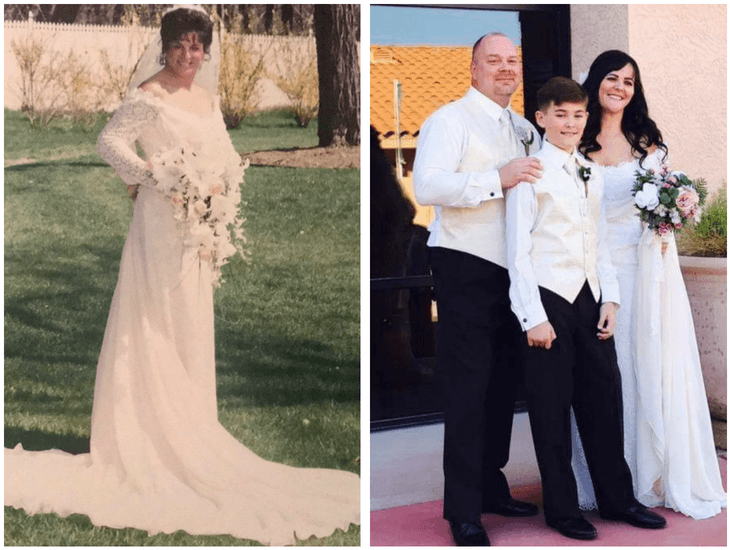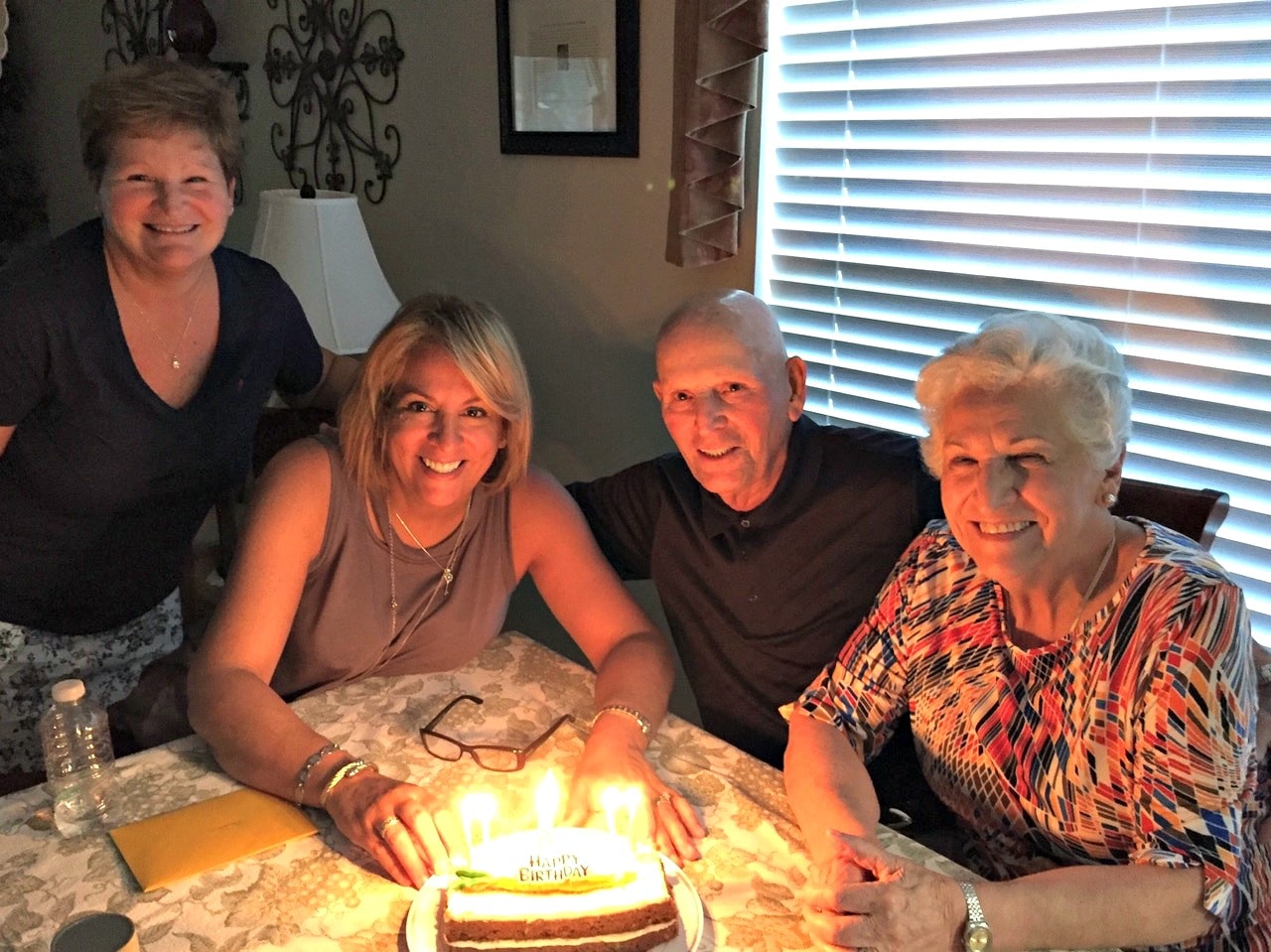I don’t know about you, but I am ready to put 2020 in a folder deep in my hard drive under the title “Significant Chaos”. I have never been happier to wipe the slate clean and start thinking through my personal and business strategies for the coming year. Typically, in years past, I check the boxes on what’s been accomplished and formulate the plan moving forward. However, as I sit down to think about 2021, I plan on doing my postmortem with a different lens on. First, I may have a glass of wine on the ready, because as I think about the challenges 2020 presented us with, I can’t help but be amazed by what we are capable of when the struggles and curveballs come a mile a minute.
My biggest take-away is just how adaptable we truly are. Everything from working solely from home, being a pseudo school teacher, to washing hands and wearing masks challenged even the most organized of the bunch. There was no planning, no organization; we were thrown into the deep end of the pool and had no choice but to swim. We had to completely change how we work as individuals and, in many cases, organizations had to shift their business models in order to survive – Even a small business like me.
How many of us went from working in an office to working from home? From having our own office workspace, to sharing the kitchen table with our children doing their schoolwork? I was relegated to a corner in my home because of the needs of my husband and son and ended up repurposing another room as my company headquarters. How many of us went from having full-time, on site technology support to becoming our family’s technology expert? Everything from zoom fails, to forgetting about my background activity on a video call “happened!” As leaders, how many of us had to start evaluating our team’s performance, not just by being present, but solely by the work they produced, no matter when they were able to produce it? The transition to our new normal was not easy, but we did it. We were all able to quickly adapt to what the situation required and continue to be successful contributors.
And let’s not forget the organizations we support. Many companies had to reinvent the way they do business in order to survive. Companies like Peloton, one of my personal favorites, launched an “At Home” series, to produce content when fitness studios had to stay closed. Manufacturing facilities switched their operations to support the medical industry by producing PPE, and distilleries started making hand sanitizer instead of alcohol, while countless companies had to switch from a mainly brick and mortar to a solely online existence.
It has been a truly remarkable time; and while 2020 presented hardships for so many of us, we were able perservere and overcome many of them. So, as you plan for the coming year, keep the adaptability of your people and organizations at the forefront of those plans. We are more innovative than we ever thought possible. I recently had a client share that they didn’t realize just how quickly they could rip the proverbial band-aid off. Let’s think about how we can best apply these lessons in 2021! So while we most likely will not return to our pre-Covid normal anytime soon, if ever, it’s OK, because we now know that no matter what 2021 throws at us, we have built the muscle to adapt, and we will succeed in whatever our new normal, on the other side of Covid, has in store for us. Stay safe and healthy out there. My best wishes for a peaceful and healthy holiday season.
Christine








 With a few clicks I found two tickets for my aunt and me to fly from Arizona to Florida. We got there in 24 hours. My mom had prepared me so when I walked in, I knew what to expect. We were near the end.
With a few clicks I found two tickets for my aunt and me to fly from Arizona to Florida. We got there in 24 hours. My mom had prepared me so when I walked in, I knew what to expect. We were near the end. What I learned was how truly wonderful people are when you are at your worst. My colleagues were generous in covering my classes. My clients were beyond understanding about my commitments. My friends and family were at their absolute best. Most of all, my husband stepped in without hesitation when I literally dropped everything; he was a pillar of strength. My 10-year-old son even helped soothe my pain after I delivered my father’s eulogy.
What I learned was how truly wonderful people are when you are at your worst. My colleagues were generous in covering my classes. My clients were beyond understanding about my commitments. My friends and family were at their absolute best. Most of all, my husband stepped in without hesitation when I literally dropped everything; he was a pillar of strength. My 10-year-old son even helped soothe my pain after I delivered my father’s eulogy.

 Over the last few years, I have found that the most effective way to maintain my New Year’s momentum is to think about my goals first, and then, most importantly, I “get them down!” I don’t just commit to them mentally, I also physically sit down — as I am now in Starbucks — to put them on paper (or a Word doc :)).
Over the last few years, I have found that the most effective way to maintain my New Year’s momentum is to think about my goals first, and then, most importantly, I “get them down!” I don’t just commit to them mentally, I also physically sit down — as I am now in Starbucks — to put them on paper (or a Word doc :)).
 Not me. I saw the present reality. I saw the detail and wanted to run for the hills. I kept asking questions: “How many cabinets?” “Which walls?” “How long will this take?” “Where’s the plan?” I also kept saying, “Show me. I can’t visualize it.” So, in that moment, my very patient husband whipped out a piece of yellow lined paper, drew the concept, and took me through it step-by-step. Once I could see the detail, I was good. Two perspectives.
Not me. I saw the present reality. I saw the detail and wanted to run for the hills. I kept asking questions: “How many cabinets?” “Which walls?” “How long will this take?” “Where’s the plan?” I also kept saying, “Show me. I can’t visualize it.” So, in that moment, my very patient husband whipped out a piece of yellow lined paper, drew the concept, and took me through it step-by-step. Once I could see the detail, I was good. Two perspectives.
 At first he looked at me in horror for having to put that device down, but then tilted his head and said, “Sure, I’d like to try.” I was then horrified. What was I thinking sending him into the surf? Once I gathered myself, I “hired” my husband to be his protector. I watched as they listened to the instructor. I saw him test the waters to ensure he could swim to the board. Then off they went and paddled out to sea.
At first he looked at me in horror for having to put that device down, but then tilted his head and said, “Sure, I’d like to try.” I was then horrified. What was I thinking sending him into the surf? Once I gathered myself, I “hired” my husband to be his protector. I watched as they listened to the instructor. I saw him test the waters to ensure he could swim to the board. Then off they went and paddled out to sea.
